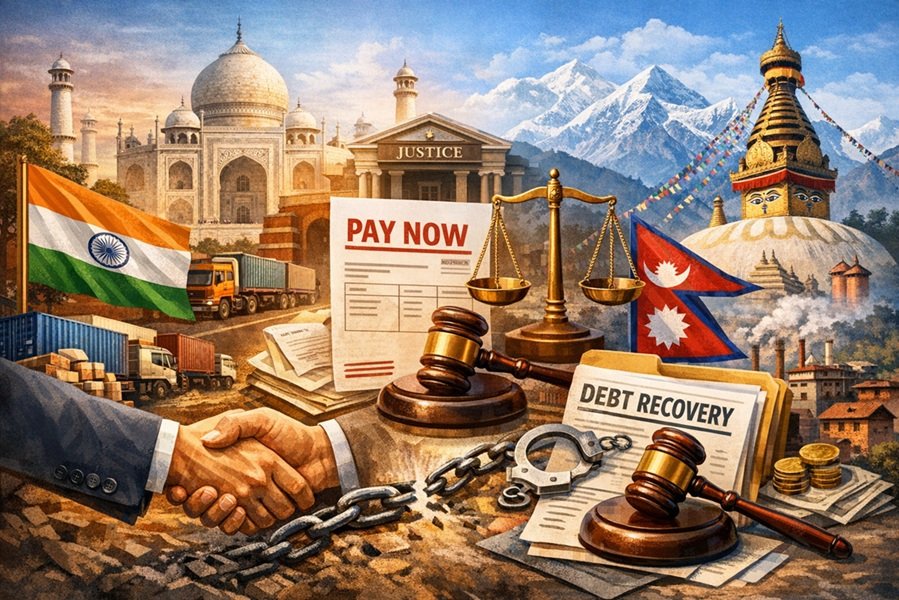
Introduction
India’s nuclear tests stand as milestones in its modern history — moments when the nation demonstrated self-reliance, scientific brilliance, and strategic maturity. From the first nuclear explosion in 1974, codenamed “Smiling Buddha”, to the Pokhran-II tests in 1998, India firmly established itself as a nuclear-capable state. These events not only reshaped India’s defense policy but also redefined its position on the global stage.
Historical Background: The Road to a Nuclear India
India’s nuclear ambitions can be traced back to the years following independence. Under Jawaharlal Nehru’s leadership, India began investing in nuclear research, emphasizing peaceful uses of atomic energy.
- In 1948, the Atomic Energy Commission (AEC) was established under Dr. Homi Jehangir Bhabha, known as the father of India’s nuclear program.
- The Department of Atomic Energy (DAE) followed in 1954, marking institutional progress toward nuclear self-sufficiency.
Initially, India’s focus was on civilian nuclear energy, but growing regional tensions and international developments — especially China’s nuclear test in 1964 and the Indo-Pak wars — changed the outlook.
Smiling Buddha: India’s First Nuclear Test (1974)
The Test
On May 18, 1974, India conducted its first nuclear test at Pokhran Test Range, Rajasthan. The operation was codenamed “Smiling Buddha.”
The test was led by Raja Ramanna, under the scientific vision of Dr. Homi Sethna and supported by Prime Minister Indira Gandhi.
- Location: Pokhran, Rajasthan
- Yield: Approximately 8 kilotons
- Code Name: Smiling Buddha
- Date: 18 May 1974
Significance
- India became the sixth country in the world to successfully test a nuclear device.
- It was described as a “Peaceful Nuclear Explosion (PNE)”, emphasizing India’s stance on non-aggression.
- The test marked India’s technological self-reliance in nuclear science despite global restrictions.
Global Reaction
The test triggered sharp reactions from the Western world. The United States and Canada imposed sanctions, and the Nuclear Suppliers Group (NSG) was formed in 1975 to restrict nuclear exports to countries outside the Non-Proliferation Treaty (NPT).
Despite international pressure, India maintained its policy of “strategic autonomy”, refusing to sign the NPT, arguing it was discriminatory.
The Silent Years: 1974–1998
After Smiling Buddha, India maintained a nuclear ambiguity policy — neither confirming nor denying the weaponization of its nuclear capability.
During this period:
- India expanded its uranium enrichment and plutonium reprocessing capabilities.
- The Bhabha Atomic Research Centre (BARC) and Defence Research and Development Organisation (DRDO) collaborated on weapons design.
- Geopolitical shifts, such as Pakistan’s nuclear advancements (with foreign assistance), increased India’s urgency for credible deterrence.
Pokhran-II: The 1998 Nuclear Tests
Background
By the 1990s, India’s leadership, under Prime Minister Atal Bihari Vajpayee, decided to assert India’s nuclear capability openly. The Cold War had ended, Pakistan’s nuclear potential was rising, and India’s security environment demanded credible deterrence.
The Tests
Between May 11 and May 13, 1998, India conducted five nuclear tests at Pokhran, under the operation “Shakti” (Pokhran-II).
Details:
- Date: May 11 & 13, 1998
- Location: Pokhran Test Range, Rajasthan
- Codenames: Operation Shakti-I to V
- Key Scientists: Dr. A.P.J. Abdul Kalam, Dr. R. Chidambaram, Dr. Anil Kakodkar, and others.
- Yield: Around 45 kilotons combined
Highlights of the Tests
- Tests included fusion (thermonuclear) and fission devices.
- Conducted with high secrecy, evading U.S. satellite surveillance.
- Demonstrated complete indigenous capability — from design to detonation.
Prime Minister Vajpayee’s Declaration
On May 11, 1998, Vajpayee announced:
“India is now a nuclear weapon state.”
This marked India’s formal entry into the global nuclear club — but as a responsible democracy, not an aggressor.
Global Reaction and Diplomatic Fallout
The Pokhran-II tests led to immediate international reactions:
- U.S., Japan, and Canada imposed economic sanctions.
- The UN Security Council expressed concern.
- However, India gained respect for its technological capability and strategic assertiveness.
Interestingly, within a few years, sanctions were lifted, and India began improving ties with major powers, particularly the United States. This culminated in the 2008 Indo-U.S. Civil Nuclear Agreement, recognizing India as a responsible nuclear power despite being outside the NPT.
India’s Nuclear Doctrine
Following the tests, India adopted a formal Nuclear Doctrine (1999 draft, 2003 confirmed) emphasizing:
- No First Use (NFU) policy — India would not initiate a nuclear strike.
- Credible Minimum Deterrence — maintaining only the necessary arsenal for defense.
- Civilian control over nuclear weapons.
- Commitment to disarmament and peaceful use of nuclear energy.
Impact of the Nuclear Tests
1. Strategic Empowerment
The tests established India as a regional and global power, deterring adversaries and ensuring national security.
2. Scientific and Technological Progress
They boosted India’s research in missile technology, nuclear energy, and space programs. The synergy between DRDO, BARC, and ISRO became stronger.
3. Diplomatic Recognition
India gradually gained international legitimacy as a responsible nuclear nation. By the 2000s, it engaged in strategic partnerships with countries like the U.S., France, and Russia.
4. Public and National Pride
The tests inspired a wave of national pride and confidence in India’s scientific community.
India’s Current Nuclear Capability (as of 2025)
- Estimated Nuclear Warheads: 160–170
- Delivery Systems: Agni & Prithvi missiles, aircraft, and sea-based platforms (Arihant-class submarines).
- Triad Capability: Yes — land, air, and sea-based deterrence.
- Nuclear Power Plants: 22 operational reactors across India.
India’s Position on Global Non-Proliferation
India continues to uphold:
- Commitment to global disarmament.
- Advocacy for universal and non-discriminatory treaties.
- Refusal to sign the NPT and Comprehensive Nuclear-Test-Ban Treaty (CTBT) unless they are equitable.
India’s policy remains: responsible possession, not aggression.
Legacy of the Nuclear Tests
The legacy of India’s nuclear journey is profound:
- It symbolizes self-reliance in science and technology.
- It reshaped India’s foreign policy toward strategic independence.
- It strengthened the concept of Atmanirbhar Bharat decades before it became a national slogan.
Conclusion
India’s nuclear tests — from Smiling Buddha (1974) to Pokhran-II (1998) — were not just explosions in the desert sands but milestones of national assertion and scientific pride. They transformed India from a developing nation into a technologically advanced power capable of defending its sovereignty while maintaining its moral and diplomatic responsibility on the world stage.
The story of India’s nuclear journey is one of vision, courage, and conviction — a perfect blend of science, security, and sovereignty.







